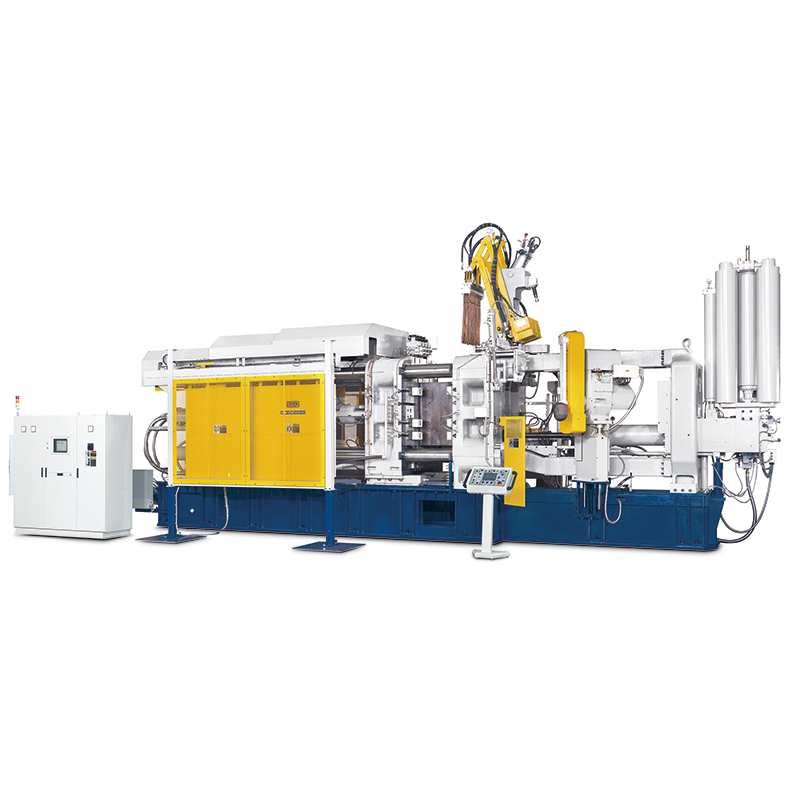
High-Pressure Die Casting (HPDC) is a cutting-edge technology that is revolutionizing the way machining parts are produced. This advanced manufacturing process utilizes high pressure to force molten metal into a mold cavity, creating precision parts with complex geometries and tight tolerances. HPDC is known for its efficiency, speed, and cost-effectiveness, making it a popular choice for industries such as automotive, aerospace, and electronics.
One of the key advantages of HPDC is its ability to produce parts with superior mechanical properties, such as high strength and durability. This is achieved through the high pressure used in the process, which helps to eliminate porosity and ensure a dense, uniform structure. As a result, parts produced using HPDC are able to withstand heavy loads and harsh operating conditions, making them ideal for critical applications where reliability is paramount.
In addition to its mechanical properties, HPDC also offers excellent surface finish and dimensional accuracy. The high pressure and rapid solidification of the molten metal in the mold cavity result in parts with smooth surfaces and sharp details, eliminating the need for additional finishing operations. This not only saves time and money but also ensures consistent quality across all produced parts, reducing the risk of defects and rejections.
Another significant benefit of HPDC is its versatility in producing complex geometries that would be difficult or impossible to achieve using traditional machining methods. With HPDC, designers have the freedom to create intricate shapes, thin walls, and internal features without compromising on structural integrity. This opens up new possibilities for lightweight and innovative part designs, pushing the boundaries of what is achievable in the manufacturing industry.
Furthermore, HPDC is a highly efficient process that allows for high production volumes and fast cycle times. The rapid cooling and solidification of the molten metal in the mold cavity enable quick part ejection and short lead times, making HPDC an excellent choice for mass production applications. This efficiency not only increases productivity but also reduces overall production costs, making HPDC a competitive option for businesses looking to streamline their manufacturing operations.
One of the latest advancements in HPDC technology is the integration of automation and digitalization, leading to smart manufacturing solutions that enhance productivity and quality control. By incorporating sensors, robotics, and data analytics into the HPDC process, manufacturers can monitor and optimize key parameters in real-time, ensuring consistent part quality and minimizing downtime. This digital transformation is revolutionizing the way machining parts are produced, making HPDC even more competitive in today's fast-paced and demanding market.
Overall, HPDC is a game-changer in the manufacturing industry, offering a multitude of benefits that are driving the advanced technology revolutionizing machining parts. With its superior mechanical properties, excellent surface finish, versatility in producing complex geometries, and high efficiency, HPDC is setting new standards for precision part production. As technology continues to evolve and innovate, HPDC is expected to play a significant role in shaping the future of manufacturing, delivering high-quality parts that meet the stringent requirements of modern industries.
In conclusion, HPDC is a powerful and transformative technology that is reshaping the way machining parts are manufactured. Its ability to produce high-quality, complex parts with efficiency and precision is changing the game for industries around the world. As HPDC continues to evolve and incorporate advanced automation and digitalization, the potential for innovation and growth in the manufacturing sector is limitless. The future of machining parts is here, and it is being driven by the advanced technology of HPDC.
